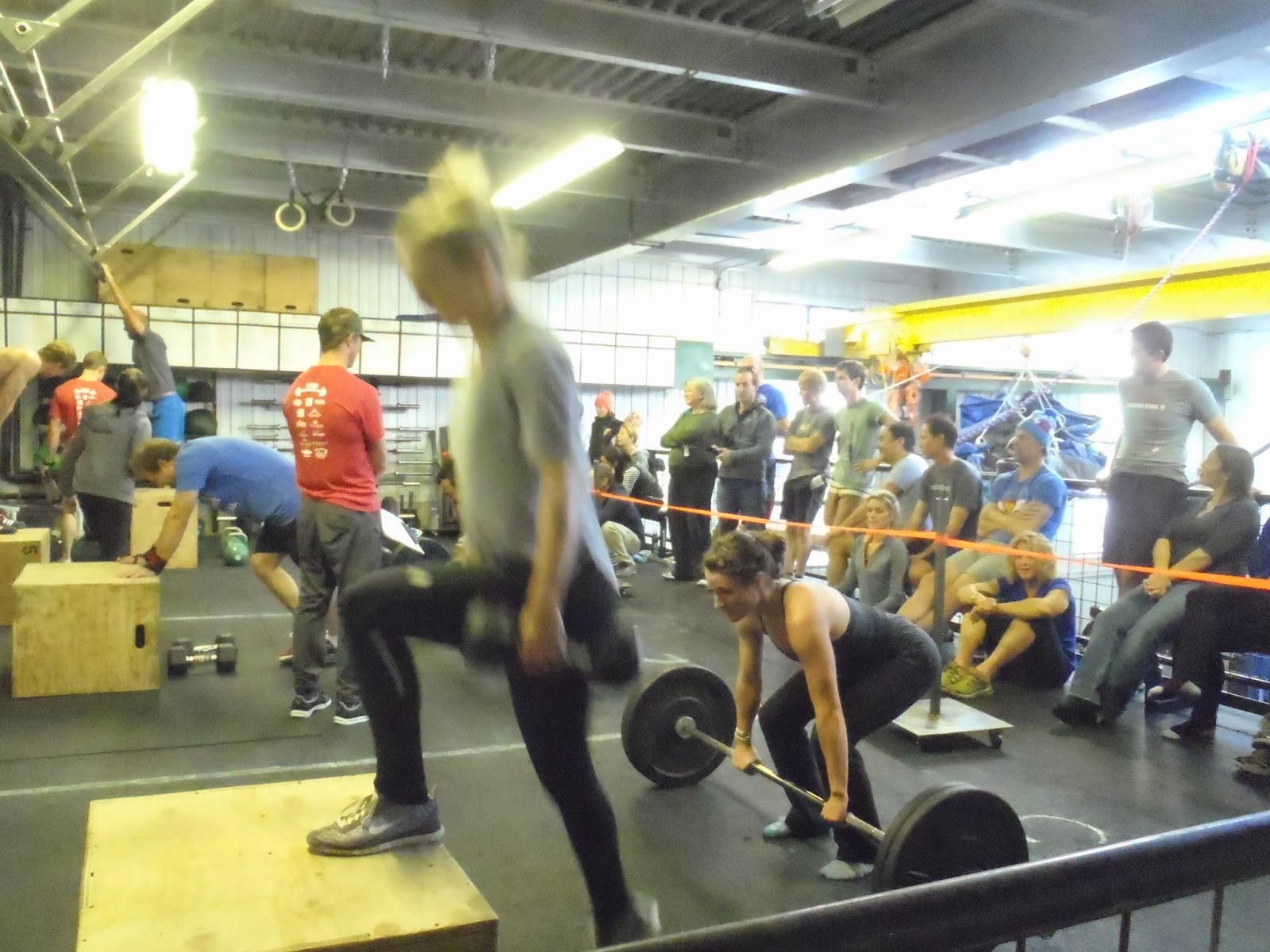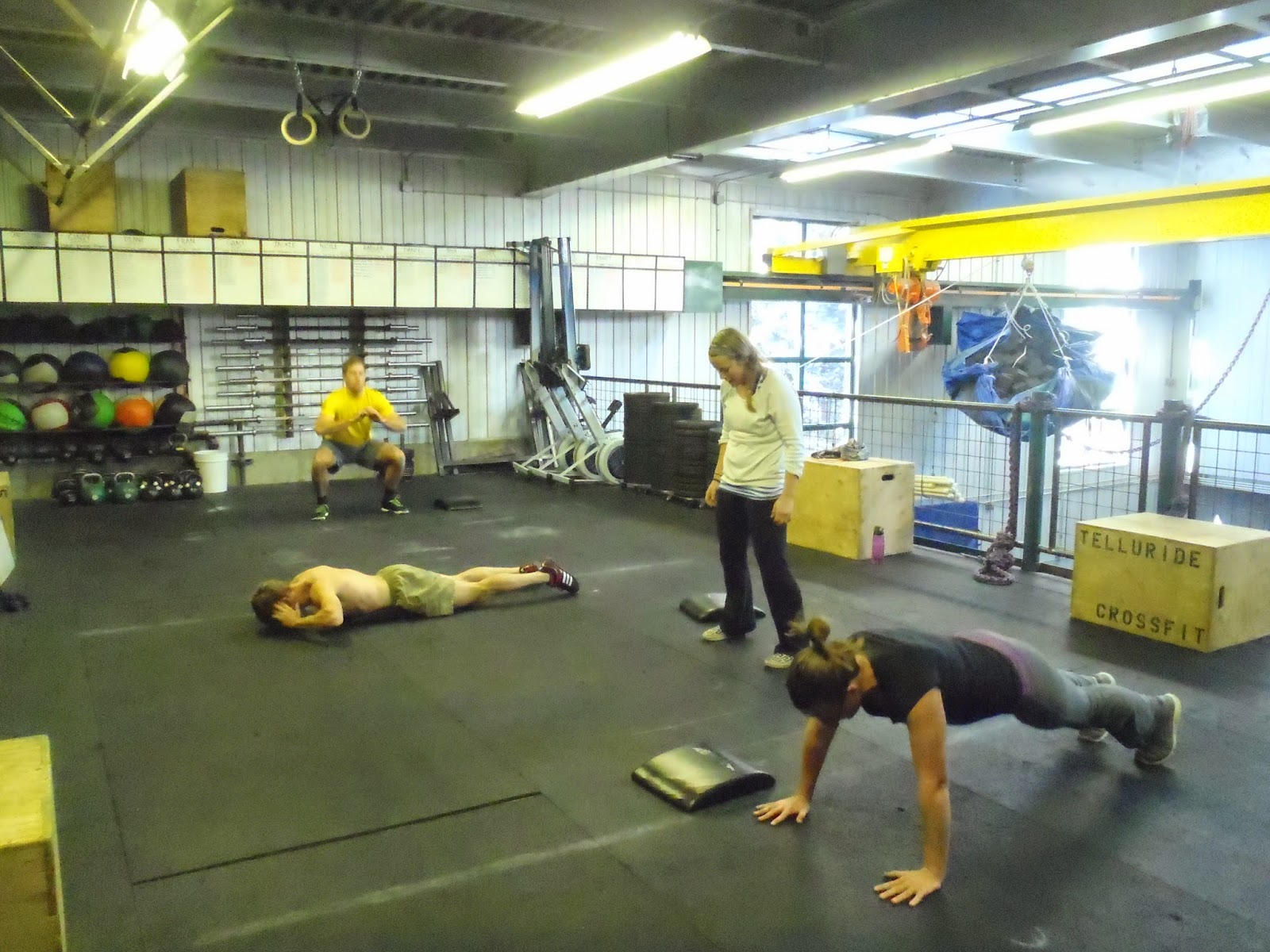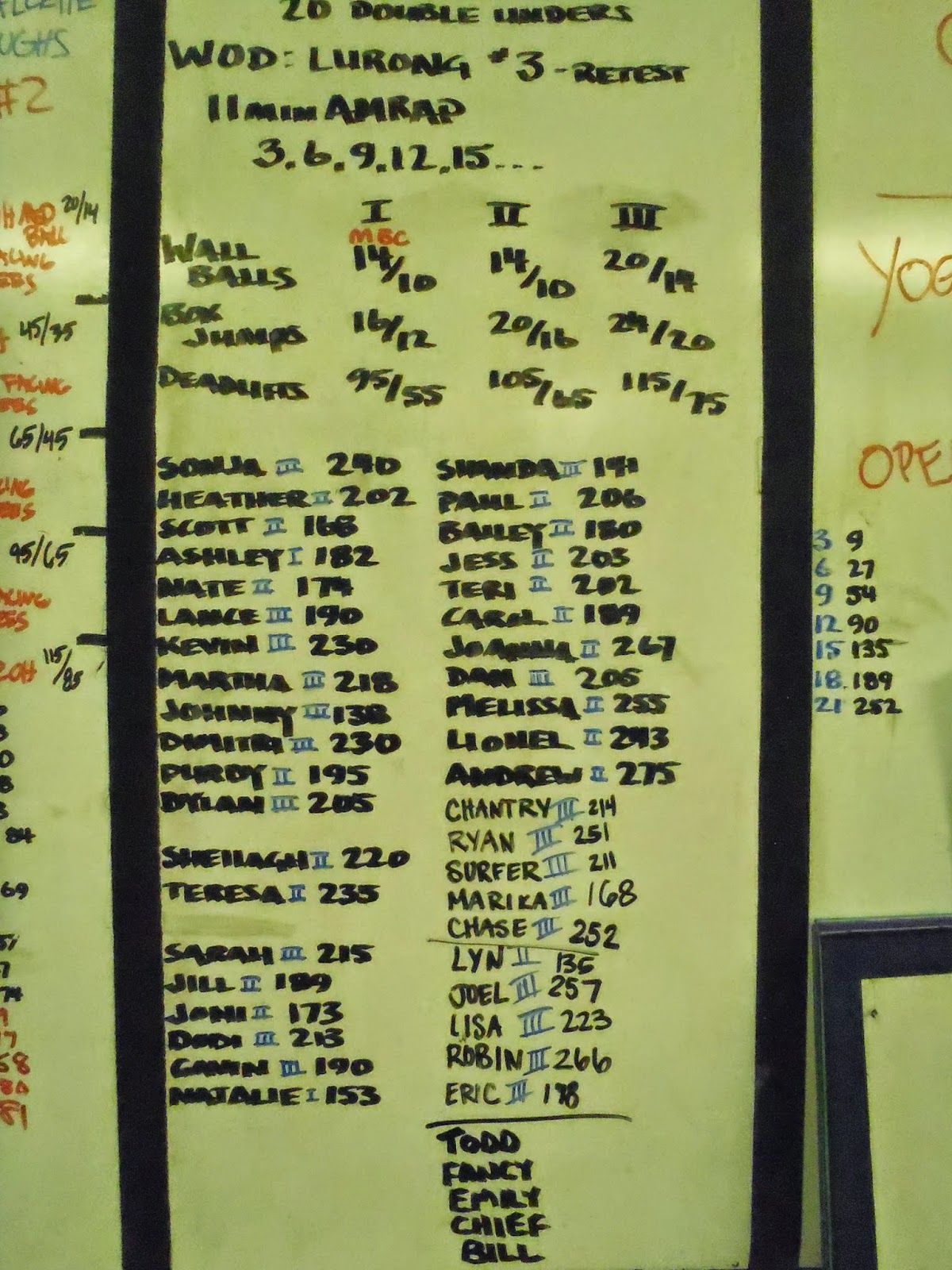This interesting question came from the News Team at KOTO and is something everyone considering a new exercise program should consider.
With high intensity exercise, like most endeavors, there are definite risks related to the rewards enthusiasts hope for.
High intensity training programs are relatively new for the non-professional athlete. Some research has looked at the safety and injury rates, but more studies are needed. The best information exists on CrossFit so we'll take a look at that, but I do feel, to some degree, the information we'll review here can be applied to other high intensity exercise programs.
CrossFit is an exercise regimen of constantly varied functional movements performed at a high intensity. Workouts might include running, rowing, gymnastic movements, Olympic weightlifting movements, and body weight exercises such as pull-ups, pushups, and burpies. CrossFit is usually performed at high intensity and even when workouts are short, heart rates and intensity of work can be near maximal.
CrossFit classes are held in a group setting, are usually timed, and participants compete against and encourage one another. CrossFit critics believe the competitive nature and peer pressure involved leads to people rushing the movements, which, combined with fatigue, can lead to poor form which can contribute to injury.
Examining the available data on injuries in CrossFit is interesting. Studies have reported various rates of injury. One study found a rate of injury of 3.1 injuries per 1000 hours of CrossFit.
The most common injuries are shoulder and back injuries. While this may seem like a high rate of injury, it's helpful to compare this rate to other sports. 3.1 injuries per 1000 hours of CrossFit is similar to rates of injury in gymnastics and weightlifting, but seemingly safer than running (11 injuries/1000 hours), skiing (8/1000 hours), and even tennis (9/1000 hours). Even walking comes in at 2 injuries per 1000 hours.
It's not surprising to learn that CrosffFit is safer than lacrosse and rugby (30 injuries/1000 hours).
Defendants of these higher risk sports assert that most of these injuries are minor overuse injuries like sprains and strains and can be managed with modifying training for a short time or resting.
Indeed most athletes deal with some aches and pains and mild injuries throughout their careers, and it seems to be part of the experience of being an athlete.
That said, there are some steps you can take to minimize your chance of getting injured as an athlete.
When starting an exercise program make sure you have a qualified instructor to teach proper form and movement.
Modify your movements, weight and intensity to your capabilities. Do not get caught up in the group atmosphere and push yourself past your capabilities. Start slow with low weights, repetitions, distances and intensities.
Rest. This includes getting good sleep but also scheduling days off from exercise and periods of time where you purposefully train at low intensity.
If you feel hurt in any way, alter your workouts to rest the suspect area. Better yet, take some time off completely to heal.
Be very careful when increasing the intensity, duration or frequency of your exercise. Studies of runners show that these are times of high risk for injury.
In conclusion, our current knowledge of exercise physiology shows that any exercise includes some risk of injury. Exercise programs like CrossFit are no exception. On a comparison basis however there does not seem to be extraordinarily high rates of injuries related to this activity.
Of course, the benefits of exercise greatly outweigh the risks. Not exercising is related to increased rates of many diseases, including heart disease, stroke, high blood pressure, diabetes, and certain types of cancer.
If high intensity exercise is not appealing to you, don't fret: numerous studies have shown that some exercise is better than none at all, even if it's low intensity.
Make exercise a part of your life no matter what you choose to do, and all things considered, you will live a healthier life. | 











































